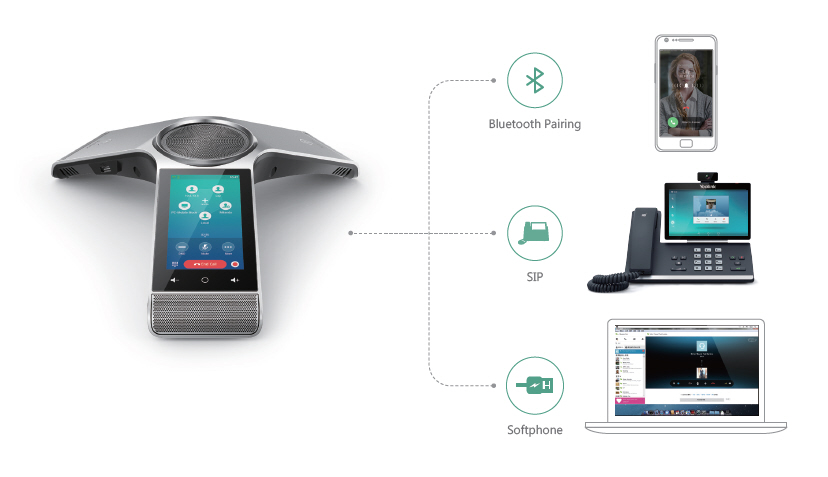Introduction
Remote work has rapidly transformed from a niche arrangement into a mainstream practice, with millions of professionals working from home or other remote locations. This shift has been fueled by technological advancements, changing workplace dynamics, and, more recently, global events that have reshaped how we view work. Among the most significant innovations enabling this transformation is Voice over Internet Protocol (VoIP) technology. This article will delve deep into remote work trends and explore how VoIP is leading the charge in this new workspace landscape.
Remote Work Trends: How VoIP is Leading the Charge
With an increasing number of companies embracing flexible work arrangements, it’s essential to understand how tools like VoIP are facilitating this change. Businesses are no longer bound by geographical limitations; they can hire talent from anywhere around the globe. This has led to diverse teams and innovative ideas flourishing in ways that traditional office setups could never achieve.
VoIP phone service offers organizations a robust solution for maintaining effective communication among dispersed teams. It allows employees to make calls directly through their internet connection, eliminating the need for traditional landlines. As we dive into the various facets of remote work and VoIP technology, we'll uncover how these elements are intertwined.

The Rise of Remote Work: A Brief Overview
Historical Context of Remote Work
Remote work isn't as novel as one might think. While it surged during recent global events, such as the COVID-19 pandemic, it had already begun to gain traction in previous years due to advancements in technology and shifts in workplace culture.
Statistics on Remote Work Growth
- According to a survey by Buffer, 98% of remote workers would like to continue working remotely at least some of the time for the rest of their careers. The percentage of people working remotely increased from 24% in 2019 to 42% in 2020.
This data paints a compelling picture: remote work is not just a temporary trend but a lasting shift.
VoIP Phone Service: What Is It?
Understanding VoIP Technology
Voice over Internet Protocol (VoIP) refers to technology that enables voice calls using broadband internet instead of traditional phone lines. This revolutionary service converts voice signals into digital data packets transmitted over the internet.
Key Features of VoIP Services
Cost-Effective: Reduced infrastructure costs compared to traditional phone systems. Flexibility: Users can make calls from any location with internet access. Scalability: Easily scalable as business needs change. Additional Features: Includes voicemail-to-email services, video conferencing capabilities, and call forwarding features.Benefits of Implementing VoIP for Remote Teams
Enhanced Communication Capabilities
When team members are spread out geographically, clear communication becomes paramount. VoIP facilitates seamless conversations between employees regardless of their location.
Collaboration Tools Integration
Many VoIP services integrate with project management applications like Slack or Trello, allowing for enhanced collaboration among teams working remotely.
Mobility and Accessibility
With mobile apps associated with many VoIP providers, employees can stay connected whether they're at home or on the go.
Challenges Faced by Remote Workers Without VoIP Solutions
Communication Gaps
Inadequate communication tools can lead to misunderstandings and decreased productivity among team members who cannot interact face-to-face.
Missed Opportunities for Networking
Without effective tools like VoIP phone service, remote workers may struggle with networking opportunities that could be easily facilitated through direct conversation.

How Companies Are Adapting Their Strategies Around Remote Work Trends
Shifting Company Culture Towards Flexibility
Many organizations are re-evaluating their corporate culture by promoting flexibility as a core value and encouraging employees to adopt remote work practices wherever possible.
Investing in Technology Infrastructure
To support remote workers effectively, companies are investing heavily in modern communications technologies like cloud-based software and reliable VoIP services.
Real-World Examples of Successful Remote Teams Using VoIP
Case Study 1: Company A's Transition to Remote Work with VoIP Solutions
Company A transitioned its entire workforce to remote operations during the pandemic while utilizing a comprehensive VoIP system that allowed for efficient communication without missing a beat.
Case Study 2: Company B Achieving Better Collaboration Through Integrated VoIP Systems
Company B leveraged advanced features provided by their chosen VoIP provider that allowed their teams to collaborate seamlessly across different time zones while maintaining productivity levels.
Future Predictions for Remote Work Trends Involving VoIP Technologies
Increase in Hybrid Working Models
As we look ahead, hybrid models combining both in-office and remote work are likely here to stay—driving demand for effective telecommunication solutions like VoIP phone service even further.
AI Integration With Communication Tools
The future also holds promise for AI-enhanced communication tools integrated within existing platforms—making interactions smoother than ever before!
Business Phone ServiceFAQs about Remote Work Trends and VoIP
Q1: What are some advantages of using a VoIP phone service?
A1: Some advantages include cost savings on long-distance calls, flexibility for employees working remotely, scalability options as businesses grow or downsize, and additional features like voicemail-to-email integration and video conferencing capabilities.
Q2: Is internet reliability crucial when using a VoIP service?
A2: Yes! Reliable high-speed internet is essential when using a VoIP service since poor connections can result in dropped calls or reduced audio quality.
Q3: Can I use my existing phone system with a new VoIP provider?
A3: Many providers allow you to keep your existing hardware through adapter solutions or offer new hardware optimized specifically for their platform—making transitions easier!
Q4: Are there security concerns associated with using cloud-based communications?
A4: While there can be risks related to data breaches or unauthorized access within cloud systems—most reputable providers offer encryption protocols designed specifically for protecting sensitive information shared via these platforms!
Q5: Does implementing VOip require significant changes within my organization?
A5: Generally speaking—implementation requires minimal changes! Most systems integrate smoothly into existing workflows without major disruptions after proper training sessions take place prior launch dates!
Q6 : How do I choose between different VOip providers?
A6 : Look at factors such as pricing plans offered , customer support options available , specific features included , scalability potential ,and reviews from current users before finalizing decisions .

Conclusion
As we've explored throughout this article on “Remote Work Trends: How VoIP is Leading the Charge,” it's evident that Voice over Internet Protocol technology plays an instrumental role in facilitating successful remote work environments today—and likely into tomorrow too! By enhancing connectivity between individuals regardless of physical distance while providing essential collaboration tools—it opens doors previously thought closed off due geographic constraints alone! Organizations must embrace these trends head-on if they wish not only thrive but survive amidst ever-changing landscapes shaped by both external influences & internal motivations alike! So gear up folks; let’s embrace this exciting era together with open arms!!